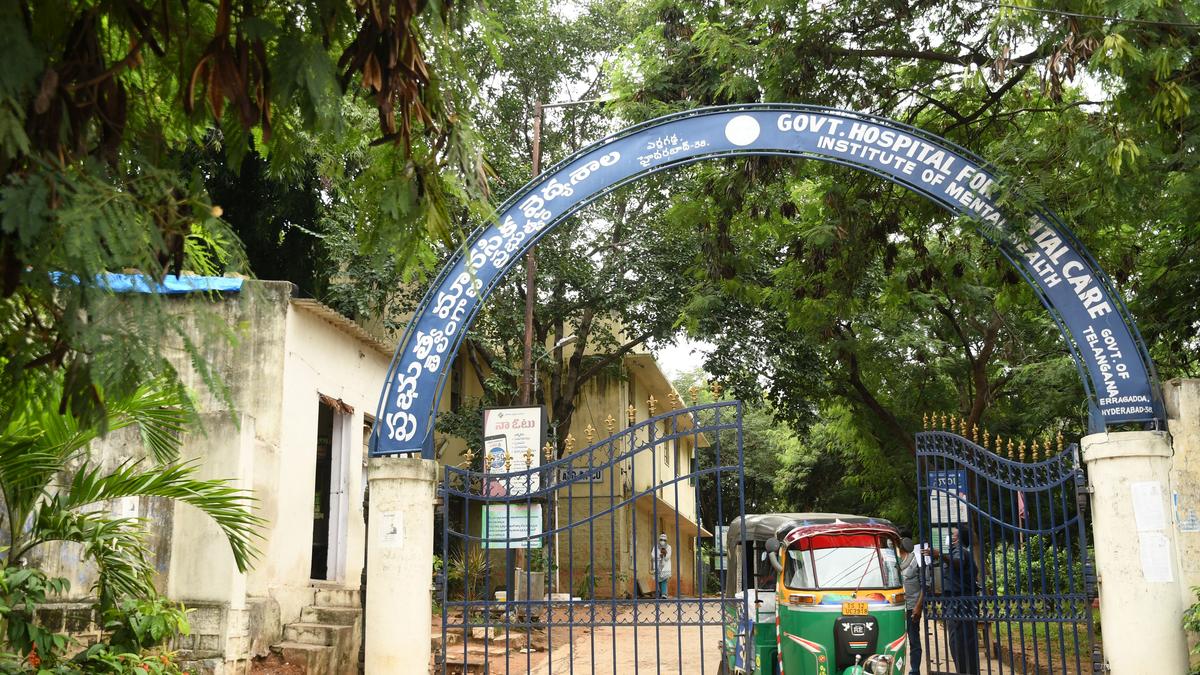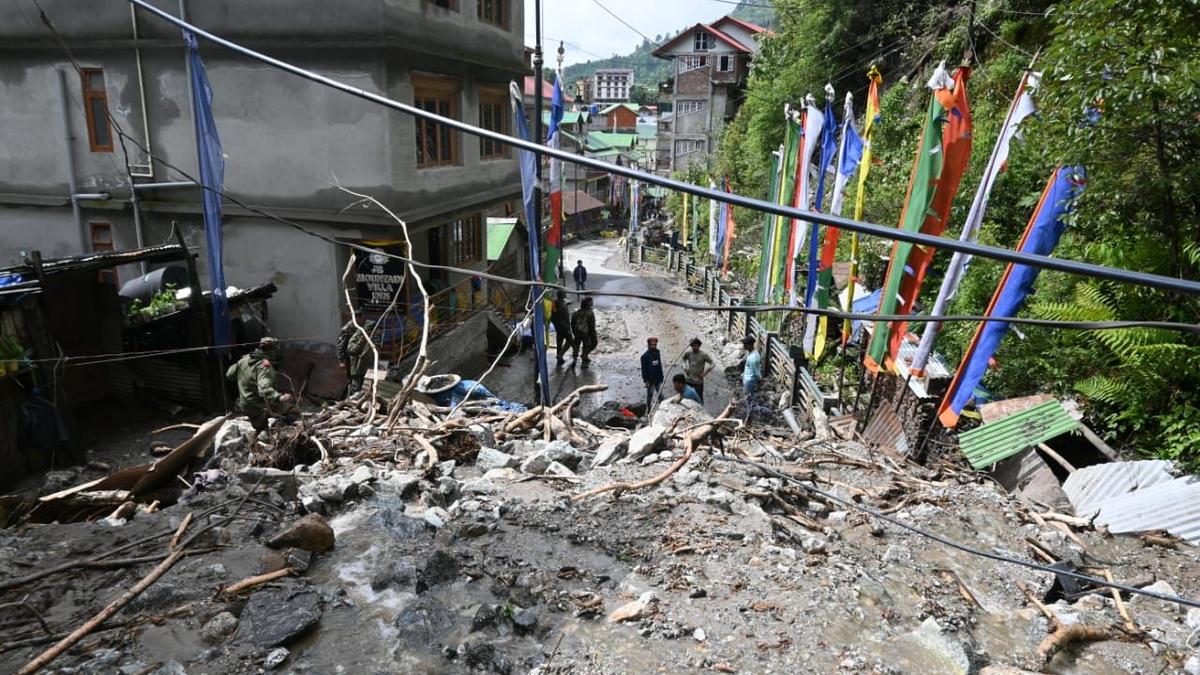After a week-long intense spell over Kerala, the southwest monsoon has slipped into a lull phase, giving relief to the people battered by rain and gusty winds.
The eight days of monsoon have given a whopping 440 mm of rain to the State against the average of 81.5 mm, around 440% excess rainfall, during this period. Normally, the State receives around 648 mm of rain in June, the opening month of the southwest monsoon.
Considering this, the intense spells in the past eight days contributed close to 70% of the June rainfall. The India Meteorological Department (IMD) will not consider the rainfall in May as monsoon rain, although the monsoon has set in well ahead of the normal onset date of June 1. Instead, it would treat the rain in May as pre-monsoon rain. Technically, after a flying start, June is still deficient in the monsoon chart of the IMD this year.
Neetha K. Gopal, IMD Director, Thiruvananthapuram, told The Hindu: “We are anticipating the next surge of monsoon rain over Kerala after June 10, although there will be light to moderate scattered rainfall across the State in between the period. The wind speed of the low-level jet prevailing over Kerala has dropped significantly, and there is also a slight change in the direction of the wind, reducing the rainfall activity over Kerala, with the change in direction depriving the State of its orographic advantage. However, the models are indicating a strong presence of the westerlies over Kerala after June 10, which is likely to pump in more moisture to the landmass over Kerala from the Arabian Sea.”
Similarly, the performance of the monsoon in June has no bearing on the seasonal performance of the southwest monsoon in Kerala. For instance, considering the rainfall data from 1901 to 2021, the June rainfall was deficient for 27 years. Out of these 27 years, only 7 times was the monsoon deficient. It means there is no correlation between the monthly performance of the monsoon and its seasonal performance, said experts.
The rainfall data for 1901-2010 (110 years) indicate that in many places in Wayanad, Kasaragod, Idukki, Thrissur, Kozhikode, Ernakulam, and Kannur, the frequency of heavy rainfall per year has been increasing, especially at stations like Vythiri, Hosdurg, Kudulu, Peerumade, Kunnamkulam, Kodungalloor, Koyilandy, Aluva, and Irikkur. Underscoring this trend, the north Kerala districts received more rainfall in the opening spell of the southwest monsoon this year, and stations like Kuttiyadi in Kozhikode received over 1,000 mm of rain during the eight days.
Published - June 02, 2025 08:25 pm IST



.png)
.png)
.png)
















 1 day ago
6
1 day ago
6










 English (US) ·
English (US) ·